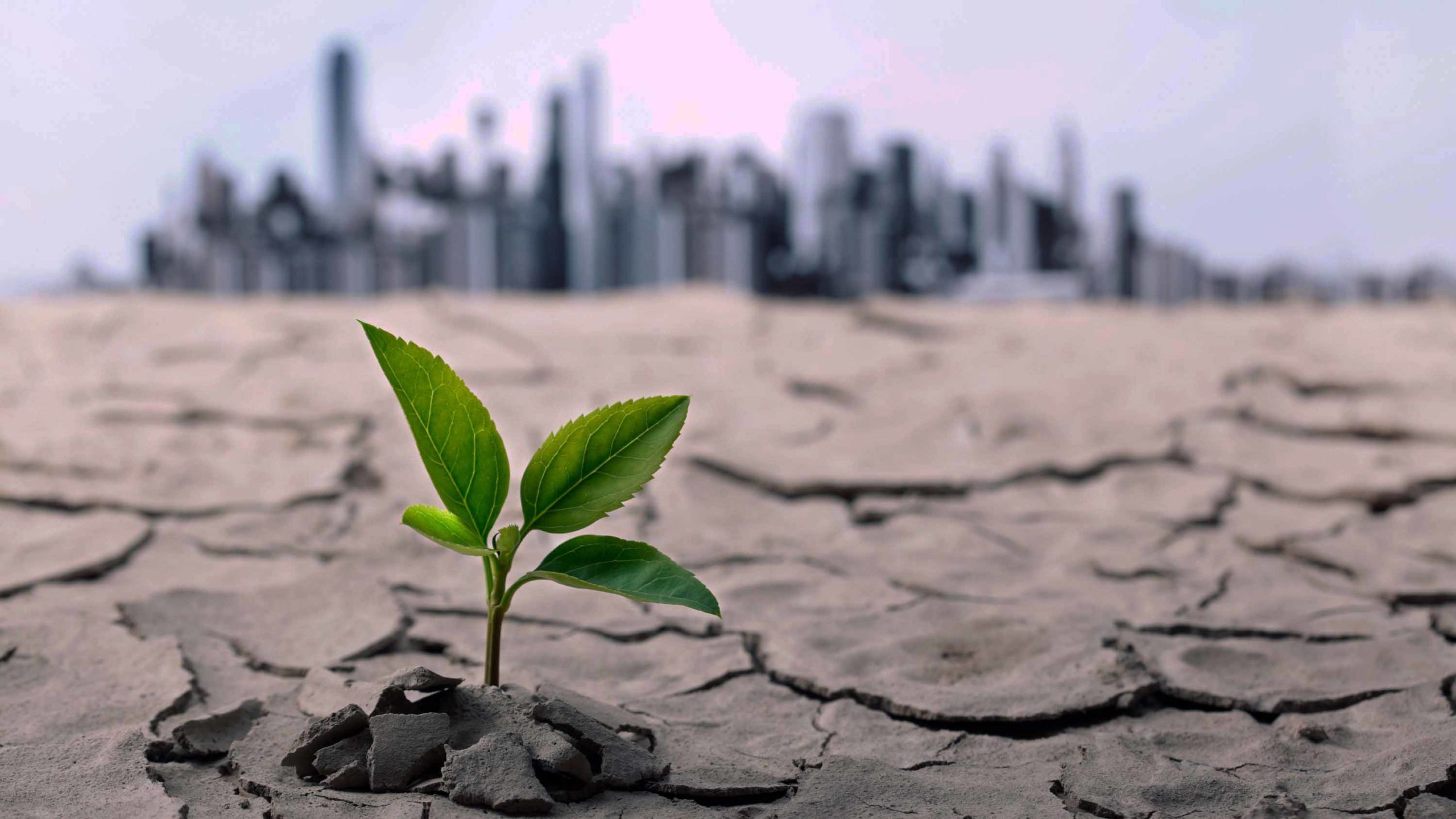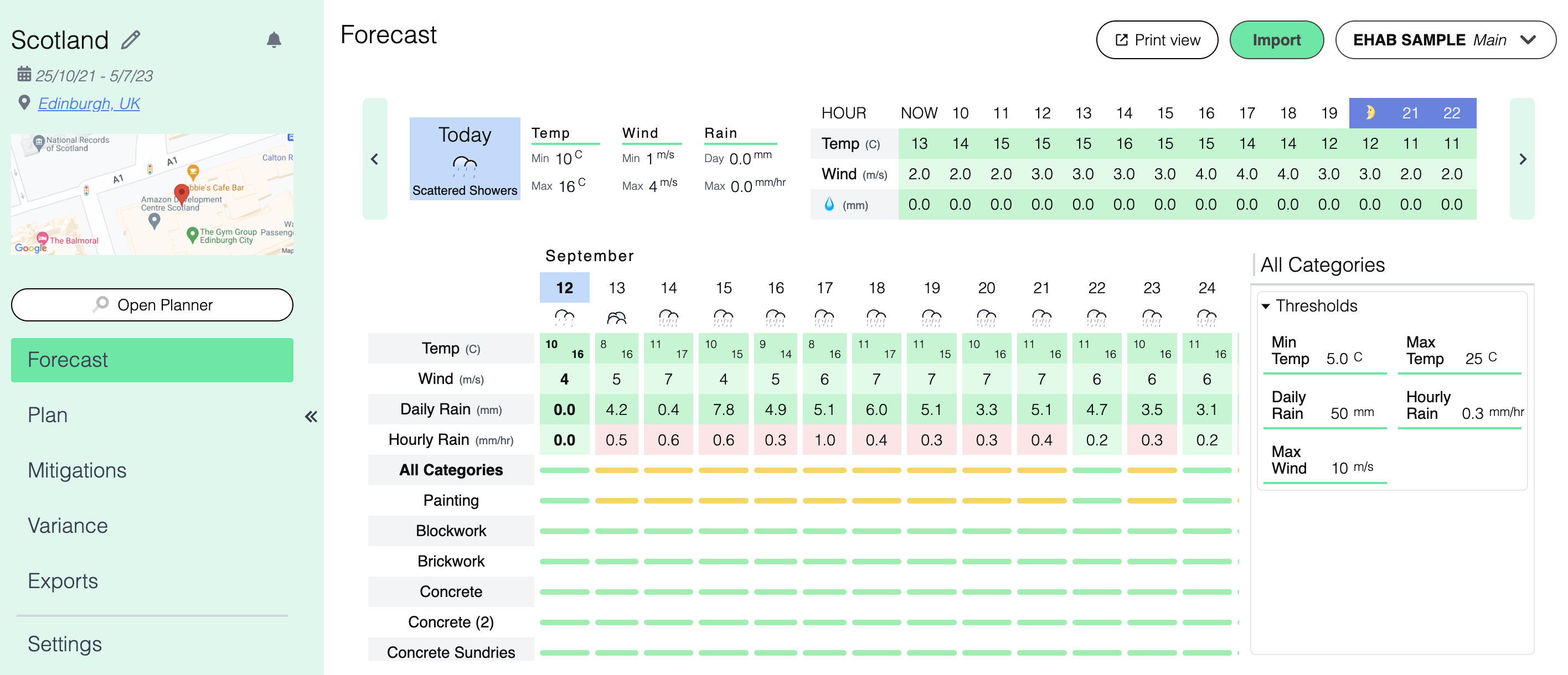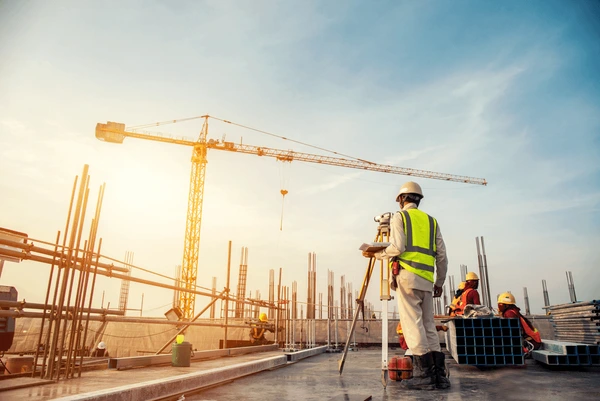Introduction
The Built Environment: A Pivotal Role in Climate Action and Resilience
The built environment, encompassing buildings, infrastructure, and cities, plays a significant role in shaping our world and influencing our collective future. It is a major contributor to global carbon emissions, consuming vast amounts of natural resources, and impacting human health and well-being. However, it also holds immense potential to mitigate climate change and enhance resilience in the face of a changing climate.
Modern construction methods and materials offer innovative ways to build structures that are not only environmentally sustainable but also resilient against natural disasters. By integrating smart design and advanced technologies, we can create infrastructures that adapt to extreme weather, urban growth, and environmental stresses, ensuring longevity and safety. This forward-thinking approach in construction not only addresses the immediate challenges but also prepares our cities and communities for a brighter future.

The Urgency of Transformation
Buildings account for a staggering nearly 40% of global energy-related carbon emissions and 50% of all extracted materials are used in buildings and construction. Cities, as hubs of human activity, will bear the brunt of climate change impacts, with rising sea levels and extreme weather events posing significant threats. To meet climate goals, cities must reduce their carbon footprint by a substantial 45%.
In response to these challenges, a data-driven approach in the construction sector is becoming increasingly vital. By harnessing big data and analytics, we can better understand and predict climate-related risks, leading to more informed decisions in building design and urban planning. This approach allows for the optimization of resource use and the implementation of adaptive measures to withstand more unpredictable weather patterns. We can leverage data to enhance the resilience of structures and cities against the inevitable changes brought by a warming planet.

A Glimpse into the Future
The future of the built environment presents both opportunities and challenges. By 2030, efficient buildings will represent an investment opportunity worth an impressive $24.7 trillion in emerging market cities, with East Asia Pacific and South Asia holding the greatest potential. However, currently, less than $3 of every $100 spent on new construction goes towards efficient buildings.
By 2050, the world's building stock is expected to double, with around 70% of the global population living in urban areas. Cities will account for a considerable 70% of all carbon emissions, highlighting the urgency for transformative action.
This expected increase in construction projects underscores the need for a smart approach to building, where sustainability, resilience, and energy efficiency become integral to urban development. As we prepare for this surge in urban growth, it is crucial that we adopt innovative construction methods and technologies that not only meet the increasing demand but also align with our climate goals and adapt to the evolving environmental challenges.
Key Progress
Policy Landscape and Regulatory Framework
Policy and regulation play a crucial role in driving change within the built environment sector. Out of the 196 countries with Nationally Determined Contributions (NDCs) to the UNFCCC, 158 mention buildings. While 79 countries have building energy codes, only 26% have mandatory codes for the entire buildings sector.
A Call to Action: Halving Emissions by 2030
The global community has set ambitious goals to reduce emissions from the built environment. By 2030, the aim is for a remarkable 100% of new buildings to be net-zero carbon in operation, with embodied carbon reduced by at least a significant 40%. By 2050, all new and existing assets must be net zero across their whole life cycle.
Race to Zero and Race to Resilience Initiatives
The Race to Zero and Race to Resilience initiatives are critical components of the global effort to address climate change. The Race to Zero seeks to mobilise a noteworthy 1,000 cities and 20% of the largest built environment businesses to commit to net-zero emissions by 2050. The Race to Resilience focuses on enhancing climate resilience, prioritising people and nature.
BuildingToCOP Coalition: Achievements and Future Plans
The BuildingToCOP coalition has been instrumental in promoting the built environment's role in climate action. It has secured a dedicated day for the built environment at the upcoming COP28 summit and has garnered support from 25 countries and 17 initiatives for the Buildings Breakthrough target. By advocating for its recognition as an affordable, achievable, and essential solution, the coalition aims to unlock the vast potential of the built environment in mitigating climate change and enhancing human well-being.
Resilience in the Built Environment: A Critical Imperative
The built environment sector has a unique opportunity to lead the resilience agenda by designing, managing, and occupying buildings and infrastructure in ways that enhance resilience to climate change. Adaptation and mitigation must go hand in hand. While reducing emissions is crucial, it is equally important to adapt our built environment to withstand the impacts of climate change, such as extreme weather events and rising sea levels.
Global Engagement and Collaboration: The Path Forward
Addressing climate change in the built environment requires global collaboration and unified action. Stakeholders from various sectors must work together towards shared goals of making buildings and cities more resilient to the impacts of climate change, such as extreme weather events and rising sea levels.
The built environment holds immense potential to contribute to a more sustainable and resilient future. By embracing innovation, promoting sustainable practices, and fostering global collaboration, we can create a world where our built spaces contribute to a healthier, more resilient, and prosperous planet.

EHAB: The Climate Resilience Layer to the Build Environment
EHAB's predictive capabilities and risk management tools empower construction companies to make informed decisions, reduce project delays, and mitigate financial risks associated with weather-related disruptions. This enhances their overall efficiency, competitiveness, and profitability. By providing valuable insights into weather patterns and climate change impacts, we enable clients to make informed decisions about the design, construction, and operation of their projects, including green buildings. This contributes to the development of more resilient and sustainable structures and promotes having a data-driven approach to climate risks.
Call to Action
If you are concerned about how extreme temperatures can impact your construction projects, please reach out to us via this link. We can help you develop a plan to mitigate the risks and avoid delays that would have an adverse impact on your projects. Start for free with EHAB now!
If you want to get started now, we offer a free tool for short term planning, you can sign up here.

References:
- COP Resilience Hub. (2023). Retrieved from https://cop-resilience-hub.org/
- UNFCCC Climate Champions. (2021). Cities Race to Resilience.
Retrieved from https://climatechampions.unfccc.int/cities-race-to-resilience-driving-locally-led-adaptation-and-resilience-building-action/ - Building to COP. Retrieved from: https://buildingtocop.org/




